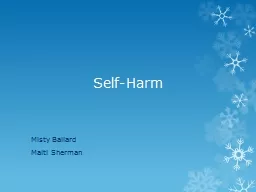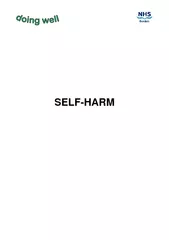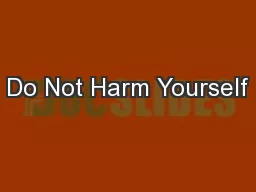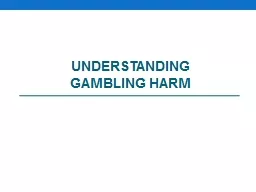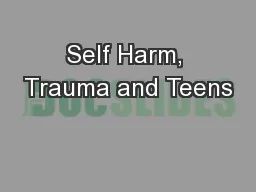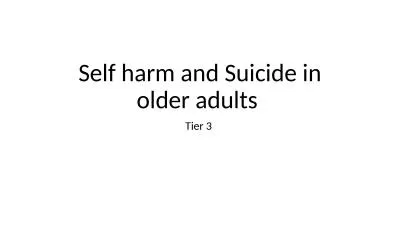PPT-Self-Harm
Author : danika-pritchard | Published Date : 2016-11-06
Misty Ballard Maiti Sherman What is SelfHarm Any behavior that results in physical or emotional harm to ones self Including Self neglect the individual neglects
Presentation Embed Code
Download Presentation
Download Presentation The PPT/PDF document "Self-Harm" is the property of its rightful owner. Permission is granted to download and print the materials on this website for personal, non-commercial use only, and to display it on your personal computer provided you do not modify the materials and that you retain all copyright notices contained in the materials. By downloading content from our website, you accept the terms of this agreement.
Self-Harm: Transcript
Download Rules Of Document
"Self-Harm"The content belongs to its owner. You may download and print it for personal use, without modification, and keep all copyright notices. By downloading, you agree to these terms.
Related Documents

